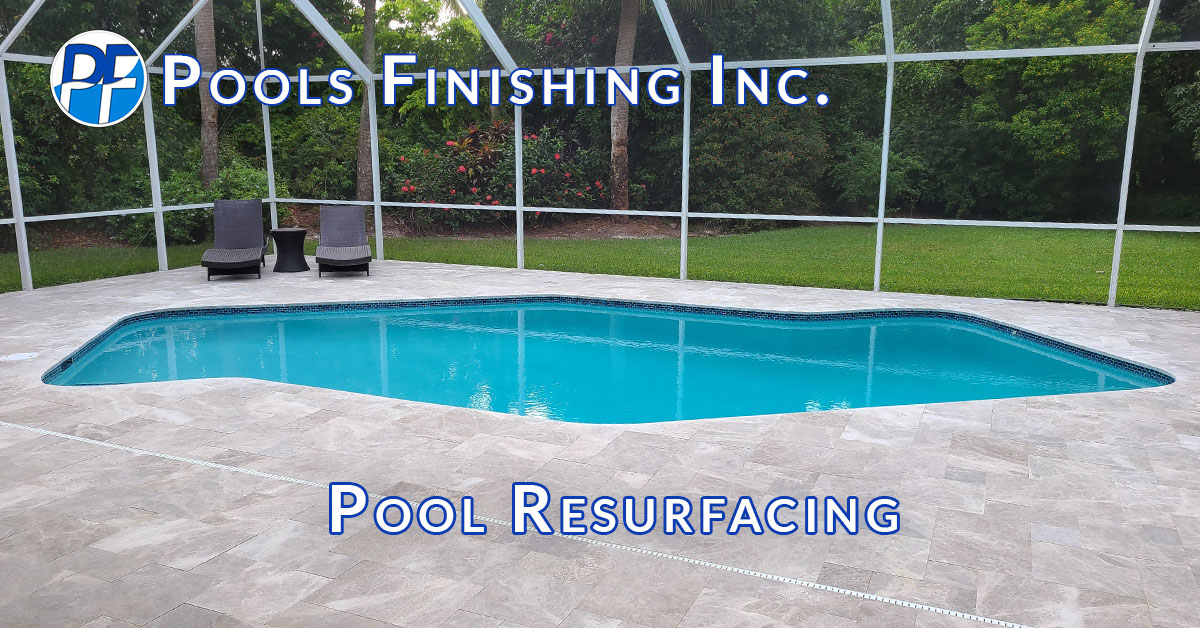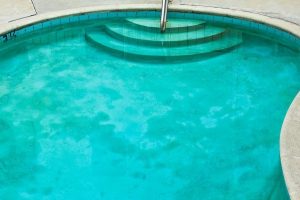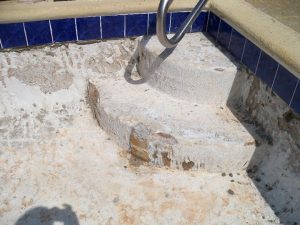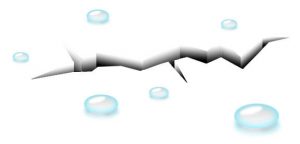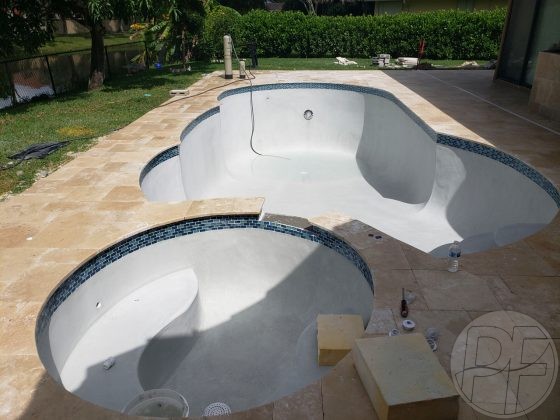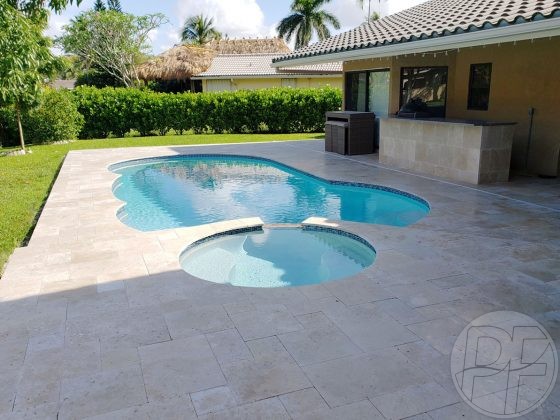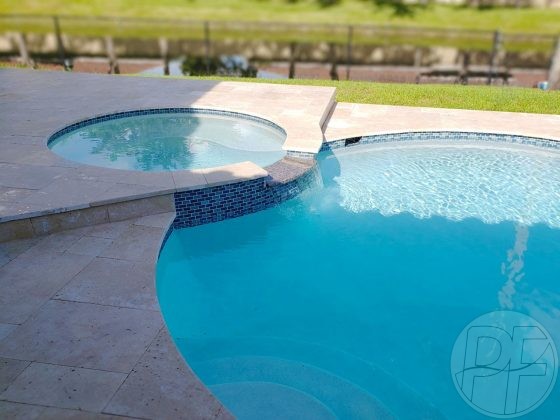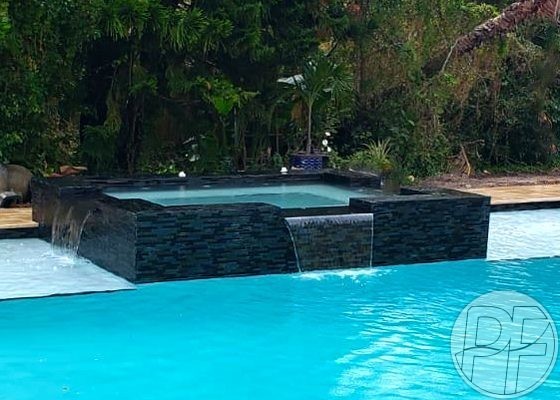POOLS FINISHING INC.
Pool Resurfacing Questions?
Get Answers Here!
What is the ideal range for my pool's water chemistry?
Water chemistry for your pool varies depending on whether or not the plaster is within the first 28 days of its life. After the 28 Day Start-Up Procedure has been performed, daily water chemistry should be maintained within the ‘ideal range.’
This range is as follows:
- Free Chlorine = 1 to 3 ppm
- Total Chlorine = 1 to 3 ppm
- Sequestering Agent as per Manufacturer’s directions
- pH = 7.2 to 7.6
- Carbonate Alkalinity = 80 to 120 ppm
- Calcium Hardness = 200 to 400 ppm
- Cyanuric Acid = 30 to 50 ppm
- TDS = 300 to 1800 ppm (non-salt pools)
- Salt Level = according to the manufacturer recommendations (salt chlorination ONLY)
You can use the LSI Calculator (Langelier Saturation Index) to determine if your water chemistry is balanced within the spectrum. The measurement from Scaling to Corrosive should show your pool’s water to be 0.0 to +0.3. Anything out of this range requires the proper chemical adjustments to bring your water within the acceptable range.
These measurements are a general consensus from the trade industry. It is recommended to verify the correct chemical balance for your pools’ water with the Pool Plasterer and Product Manufacturer as to the specific ranges they require.
My pool has just been replastered, When can I swim in it?
Caution: There should be Nobody, including Pets, allowed in the pool during the fill period. Damage can happen to the new surface that may not be visible immediately. Do not try to speed the fill of your pool with any external sources of water in order to prevent streak marks.
Do not swim in the pool until the water is properly balanced, sanitized, and no more loose plaster dust from brushing is present. Entering the pool once it is filled with water will not harm the finish; however, It is not recommended to swim in it until it is completely ready, due to the chemicals used to sanitize and balance the pools’ water pH.
How Long Can My Pool Stay Empty After Resurfacing?
Water is part of the curing process of a new pool plaster finish. Irreparable damage can occur as soon as 24 hours depending on the local environment on a given day. The pool finish is “immersion cured” which means it is designed to be cured underwater. This makes sure the cement is properly hydrated to prevent delamination, bond failure, crazing, & structural cracking. These are all common events that occur when pools are left dry too long.
What are the colors can I choose for my Pool Finish?
Pool Plaster Finishes come in many more colors than traditional white. See available colors for Diamond Brite and Florida GEM Finishes on our website. Darker colors can be affected by the Sun U/V rays and fade a bit over time, but they offer a dramatic effect to the look.

